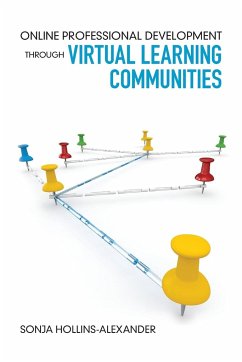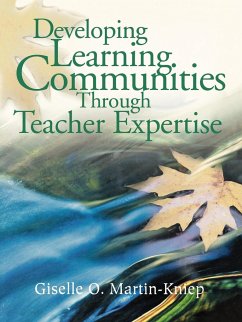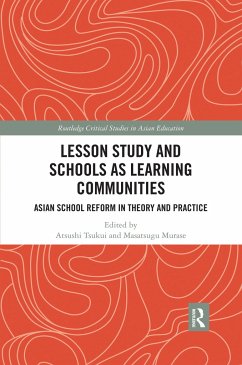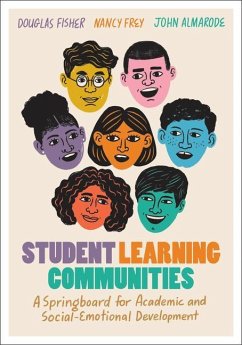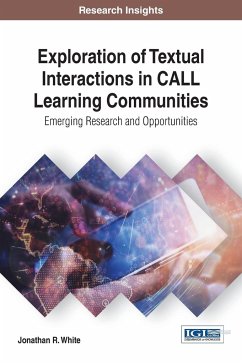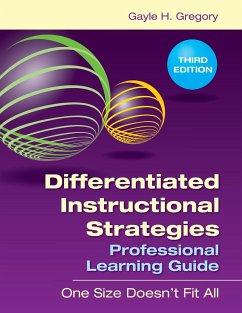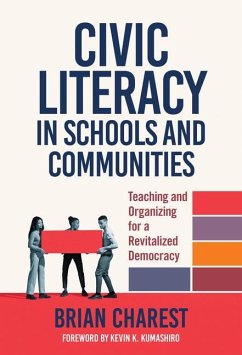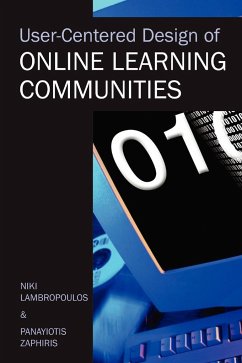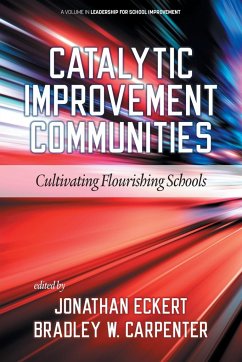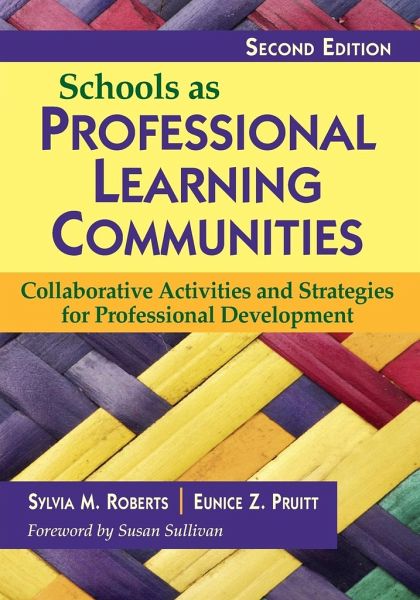
Schools as Professional Learning Communities
Collaborative Activities and Strategies for Professional Development
Herausgeber: Roberts, Sylvia M; Pruitt, Eunice Z
Versandkostenfrei!
Versandfertig in 1-2 Wochen
38,99 €
inkl. MwSt.

PAYBACK Punkte
19 °P sammeln!
"Roberts and Pruitt offer practical advice to educators who seek to address one of the greatest obstacles to creating effective schools: how to get school staff to collaborate and learn from each other. Their insights and suggestions are smart, useful, and demonstrate a genuine understanding of how schools work."—Pedro A. Noguera, Executive DirectorMetropolitan Center for Urban Education, New York UniversityYour one-stop sourcebook for building a professional learning community in your school! More and more educational leaders are turning to the collaborative learning community model to crea...
"Roberts and Pruitt offer practical advice to educators who seek to address one of the greatest obstacles to creating effective schools: how to get school staff to collaborate and learn from each other. Their insights and suggestions are smart, useful, and demonstrate a genuine understanding of how schools work."—Pedro A. Noguera, Executive DirectorMetropolitan Center for Urban Education, New York UniversityYour one-stop sourcebook for building a professional learning community in your school! More and more educational leaders are turning to the collaborative learning community model to create school change and improvement. This practical resource offers research-based activities and strategies for providing professional learning opportunities that lead to the building of community in schools as well as improved learning outcomes for both teachers and students. Ideal for school leaders and staff developers, this updated bestseller examines the knowledge and skills needed to become a successful leader of learners and provides helpful tips, real-life classroom vignettes, and insights into effective teamwork. The authors help administrators lead staff in: Learning through study groups, shared leadership, and professional portfoliosPerforming collaborative student assessments and classroom observationReexamining their beliefs and assumptions through reflective activitiesWith the latest information on e-portfolios, coaching, emotional intelligence, and more, this proven professional development approach gives leaders the tools they need to implement a culture of collaboration that can transform entire schools!





